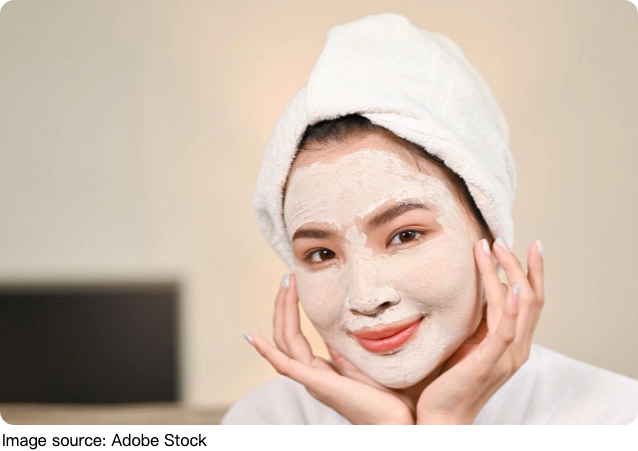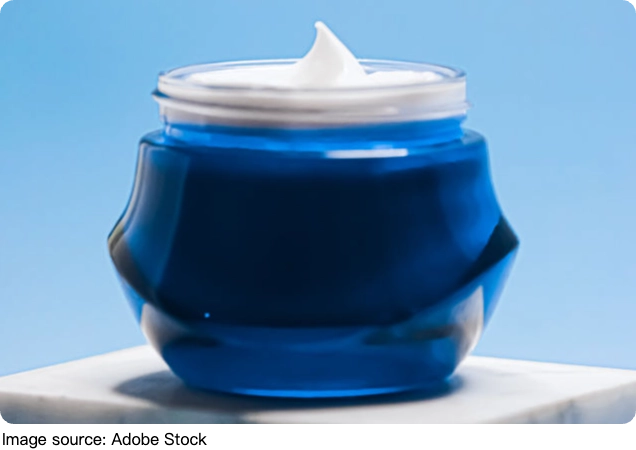Want Flawless Skin?

For our Lykkers seeking clear, glowing skin, dark spots or hyperpigmentation are a common concern worldwide.
These areas of increased pigmentation appear when the skin produces excess melanin, causing patches that look darker than the surrounding skin.
While common on the face, these spots can also appear on other parts of the body.
This article explains the causes behind dark spots and offers effective ways to reduce and prevent them, aiming for a more even and luminous complexion.
What Are Dark Spots?
Definition and Formation
Dark spots, often called brown spots or hyperpigmentation, occur when melanin—the pigment responsible for skin color—is produced excessively in certain areas. This results in patches that stand out against the normal skin tone.
Common Locations
While dark spots can develop anywhere, some areas are more prone due to frequent exposure to environmental factors and skin sensitivity.
These include:
- Face: The face is highly exposed to sunlight and environmental elements, making it a frequent site for dark spots. Hormonal changes and post-inflammatory pigmentation from acne or skin injuries also contribute here.
- Hands: Daily exposure to sun and pollutants can cause the thin skin on hands to develop age spots or sun spots.
- Chest: Sun exposure combined with delicate skin texture often leads to dark spots on the chest, especially for those who wear low-cut clothing.
- Back: Friction from clothing and skin irritation may cause spots through post-inflammatory pigmentation or acne-related discoloration.
Common Causes of Dark Spots
Sun Exposure
Ultraviolet (UV) rays from the sun trigger melanin production as a natural defense mechanism. Over time, this increased melanin builds up in spots, particularly in areas most exposed to sunlight such as the face, hands, arms, and shoulders.
Hormonal Changes
Shifts in hormone levels can stimulate excess melanin production. Conditions like melasma appear as irregular dark patches and are often related to hormonal fluctuations.
Post-Inflammatory Hyperpigmentation
Inflammation caused by acne, insect bites, or skin injuries can lead to dark spots once the skin heals. This is especially noticeable in individuals with darker skin tones.
Genetic Factors
A family history of pigmentation issues may increase susceptibility to dark spots, regardless of external causes.
Friction and Irritation
Repeated rubbing or irritation from clothing or skin folds, such as underarms or inner thighs, can provoke the skin to produce extra pigment as a protective response.
Aging
With age, the skin's natural regeneration slows, and pigment distribution may become uneven, causing the appearance of age spots or liver spots.
Effective Ways to Reduce Dark Spots
Professional Treatments
Several dermatological procedures focus on diminishing dark spots by targeting excess pigment or promoting skin renewal:
- Microdermabrasion: Mechanical exfoliation removes the outermost skin layers, helping to fade discoloration and enhance skin texture.
- Laser Therapy: Techniques like intense pulsed light or fractional lasers focus on melanin to break down pigmentation and promote clearer skin.
- Chemical Peels: Application of chemical solutions removes outer skin layers, encouraging fresh skin growth with a more uniform tone.
- Cryotherapy: Freezing dark spots with liquid nitrogen helps reduce pigmentation as the treated skin sheds.
Home Remedies
Certain natural ingredients may assist in lightening dark spots when used cautiously:
- Lemon juice and apple cider vinegar have mild bleaching properties but require careful use to avoid irritation.
- Aloe vera soothes the skin and may promote healing.
- Green tea extract contains antioxidants that can help with pigmentation.
A patch test is recommended before applying these remedies extensively.
Skincare Routine
Consistent use of skincare products designed to address pigmentation can improve skin tone over time. These typically include cleansers, serums with brightening agents, moisturizers, and daily sun protection.
Preventing Dark Spots
Sun Protection
Regular application of broad-spectrum sunscreen is essential to prevent new spots from forming and existing ones from darkening. Protective clothing, hats, and seeking shade during peak sun hours further reduce UV exposure.
Avoiding Skin Trauma
Minimizing skin irritation and prompt treatment of acne or injuries helps prevent post-inflammatory pigmentation.
Regular Skin Care
Maintaining healthy skin through cleansing, moisturizing, and using gentle exfoliation keeps skin balanced and less prone to uneven pigmentation.

To Conclude
Dark spots are a widespread skin concern affecting people of all backgrounds. Understanding the factors that cause these spots—from sun exposure and hormones to aging and irritation—helps in managing and preventing them effectively. Combining professional treatments with a thoughtful skincare routine and sun protection offers the best chance of achieving a brighter, more uniform complexion.
For personalized care, consulting a dermatologist ensures the most suitable approach for each skin type. Our Lykkers can embrace these strategies to maintain radiant skin and confidently reveal their natural glow.


